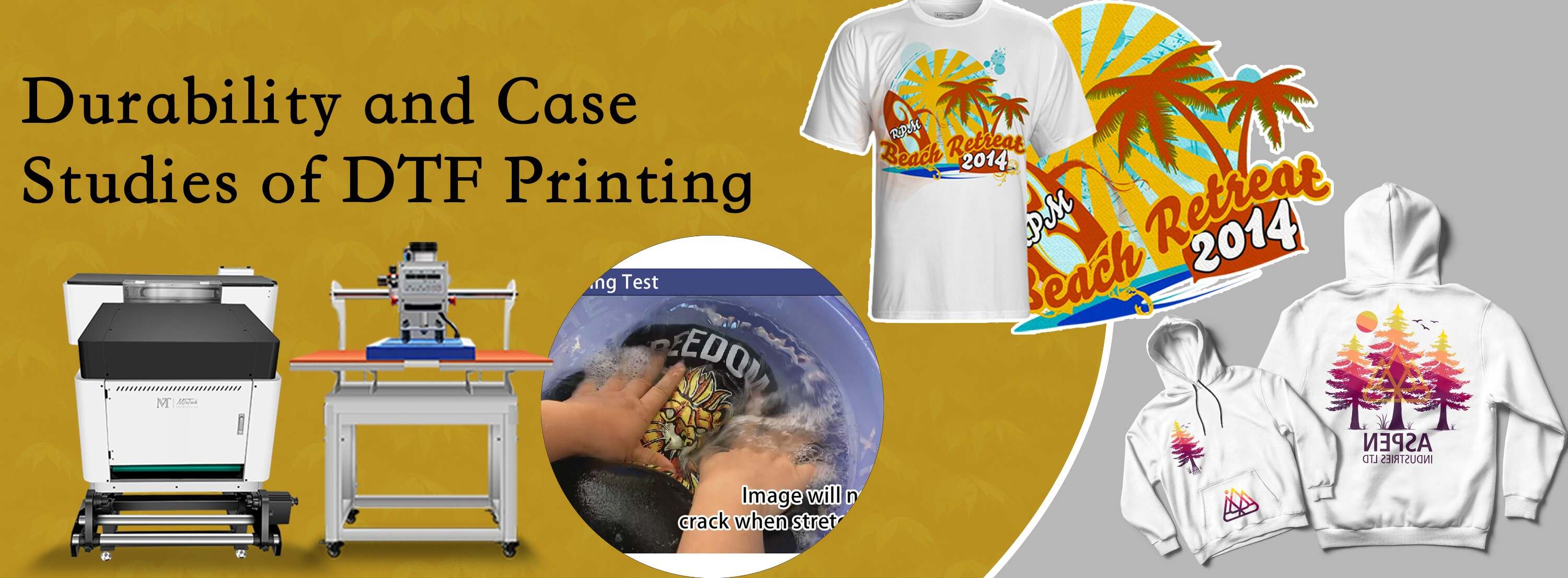Cutting-edge DTF Printing Solutions: Enhance Your Apparel with Direct-to-Film Technology
Cutting-edge DTF Printing Solutions: Enhance Your Apparel with Direct-to-Film Technology
Blog Article
The Future of Fashion: Checking Out DTF Printing Technology in the Fabric Industry
Among these developments, Direct to Film (DTF) printing innovation has actually arised as an encouraging contender, providing special abilities and possibilities for developers and makers alike. This sophisticated printing approach has actually triggered passion due to its prospective to reinvent standard fabric printing procedures.
Development of Textile Printing
From the old people utilizing strategies like block printing to the electronic transformation of today, fabric printing has actually constantly pressed limits. As the craft spread to other components of the world, brand-new techniques such as display printing and roller printing emerged throughout the Industrial Transformation, revolutionizing the fabric industry.
In the 20th century, advancements in modern technology resulted in the development of rotating screen printing, allowing for faster and more complex designs. The intro of digital fabric printing in the late 20th century marked a considerable shift in the direction of even more flexible and sustainable printing techniques. Today, with innovations like Direct-to-Fabric (DTF) printing technology, designers can create dynamic, detailed prints with higher efficiency and lowered environmental influence. The evolution of textile printing showcases a rich background of creativity, ingenuity, and technical progress in the world of fashion and layout.
Benefits of DTF Innovation
With the evolution of textile printing strategies from old methods like block printing to contemporary technologies such as electronic printing, the introduction of Direct-to-Fabric (DTF) technology has considerably improved the effectiveness and sustainability of fabric printing procedures. Among the key advantages of DTF modern technology is its capacity to straight publish layouts onto fabric without the requirement for transfer papers, which reduces waste and simplifies the production process. Additionally, DTF printing permits greater color vibrancy and information accuracy contrasted to typical approaches, allowing textile makers to produce elaborate and top notch layouts effortlessly.
Additionally, DTF innovation is understood for its adaptability, as it can be utilized on various types of textiles, consisting of all-natural fibers like silk, woollen, and cotton, in addition to artificial materials such as polyester and nylon (DTF Printing). This adaptability opens up a broad range of opportunities for developers and producers to explore different textures and products, causing more distinct and innovative items in the fashion sector. Generally, the execution of DTF innovation represents a substantial improvement in textile printing, supplying various benefits that contribute to the future sustainability and creativity of the market
Sustainability in vogue Production
Highlighting environmentally friendly techniques is vital in modern fashion manufacturing, aligning with the expanding consumer demand for lasting products. In current years, the fashion business has actually dealt with raising scrutiny as a result of its significant environmental influence, including extreme water use, chemical contamination, and fabric waste. As Your Domain Name an action, many fashion brands are currently incorporating lasting methods right into their production processes to minimize injury to the environment.
Sustainability in vogue production includes numerous elements, such as using recycled and natural products, reducing energy usage, applying ethical labor practices, and promoting openness throughout the supply chain. Additionally, improvements in innovation, like DTF printing, deal chances to additionally boost sustainability in fabric production. This technology enables accurate printing on materials, minimizing ink wastage and water Check This Out usage compared to standard printing approaches.
Layout Liberty and Modification

Additionally, DTF printing promotes personalization on a range previously unattainable, permitting for personalized clothing and one-of-a-kind pieces customized to individual preferences. On the whole, DTF printing technology reinvents the layout landscape in the textile market, supplying unlimited opportunities for creative expression and personalized style.
Effect On Supply Chain & Market Trends
DTF printing technology in the fabric sector is improving supply chain dynamics and influencing market trends via its performance and personalization abilities. By enabling on-demand printing and eliminating the demand for huge stocks, DTF technology streamlines the supply chain procedure.
Furthermore, the customization possibility of DTF printing modern technology is reinventing the market fads in the fabric industry. Customers progressively seek customized and unique items, and DTF enables brand names to provide bespoke styles cost-effectively. This customization ability not just enhances client fulfillment but additionally opens up brand-new chances for companies to satisfy specific niche markets and separate themselves from rivals. Because of this, DTF technology is driving a change towards more ingenious and customer-centric approaches within the fabric industry, shaping the future of style.

Final Thought
To conclude, DTF printing technology is changing the textile industry by supplying numerous benefits such as style personalization, sustainability, and liberty. This cutting-edge modern technology is reshaping the future of fashion production, affecting supply chains, and driving market patterns in the direction of extra reliable and environmentally friendly methods. As the market proceeds to advance, DTF printing will certainly play a crucial role fit the way textiles are produced and consumed in the years to come.
From the ancient worlds using techniques like block printing to the digital revolution of today, look here fabric printing has actually consistently pressed limits. As the craft spread to other parts of the world, brand-new approaches such as display printing and roller printing arised during the Industrial Transformation, transforming the textile industry.
The intro of electronic fabric printing in the late 20th century marked a significant change in the direction of even more flexible and sustainable printing techniques.With the development of fabric printing techniques from ancient approaches like block printing to modern-day advancements such as electronic printing, the introduction of Direct-to-Fabric (DTF) technology has considerably improved the effectiveness and sustainability of textile printing procedures (DTF Printing).In action to the imperative change towards sustainability in style production, the adoption of cutting-edge innovations like DTF printing not only addresses ecological worries but additionally opens up avenues for unparalleled layout flexibility and customization in the textile sector
Report this page